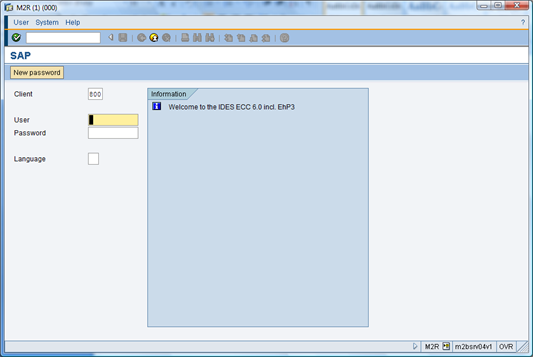

It contains all the settings commented out. On Windows, the sample.ini file is located in the same directory as defaults.ini file. Refer to Configure a Grafana Docker image for information about environmental variables, persistent storage, and building custom Docker images. This path is specified in the Grafana init.d script using -config file parameter. If you installed Grafana using the deb or rpm packages, then your configuration file is located at /etc/grafana/grafana.ini and a separate custom.ini is not used. The custom configuration file path can be overridden using the -config parameter. Do not change this file.ĭepending on your OS, your custom configuration file is either the $WORKING_DIR/conf/defaults.ini file or the /usr/local/etc/grafana/grafana.ini file. The default settings for a Grafana instance are stored in the $WORKING_DIR/conf/defaults.ini file. Restart Grafana for your changes to take effect. Note: After you add custom options, uncomment the relevant sections of the configuration file. To see the list of settings for a Grafana instance, refer to View server settings. You can customize your Grafana instance by modifying the custom configuration file or by using environment variables. Grafana has default and custom configuration files. Create a free account to get started, which includes free forever access to 10k metrics, 50GB logs, 50GB traces, & more. Detailed information including third-party components and their licensing/copyright information is available via the REUSE tool.You can use Grafana Cloud to avoid installing, maintaining, and scaling your own instance of Grafana. Please see our LICENSE for copyright and license information. LicenseĬopyright (c) 2019-2021 SAP SE or an SAP affiliate company and homebrew-SapMachine contributors. Project members will work on them on a best effort base. Tap via brew tap sap/sapmachine How to obtain support Install brew as documented on Download and Installation Then you can install SapMachines, picking from the list below: However, you might want to install other versions, such as early access builds of releases/updates currently in development or older versions of a certain Java release, e.g. HomeBrew supports the installation of the latest released SapMachine by default:


In case you did not just install it, you should update its contents: You can use it to manage your SapMachine installations.Īt first, if you have not already done it, install homebrew:


 0 kommentar(er)
0 kommentar(er)
